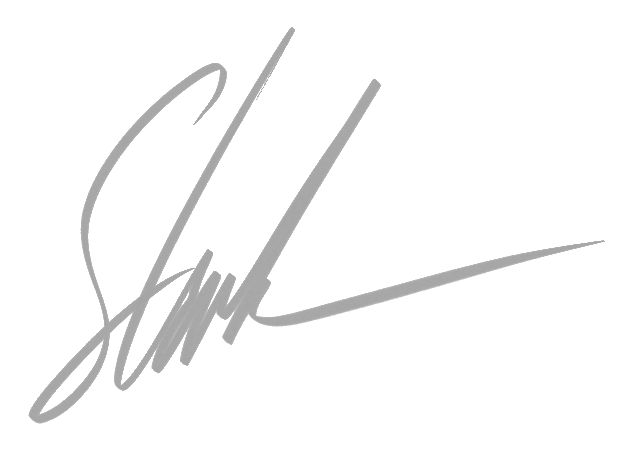Hull design
Hull design can be awkwardly complicated.
Hull design covers myriad aspects of often competing ideas - a hull that is great at high speed will generally not be great at low speeds. A stylist’s stunning renders may perform poorly in heavy seas.
Effective hull design requires understanding the constraints (of the design specification, the ocean environment, the construction materials, the budget) and balancing the compromises (performance, stability, comfort, load-carrying).
[ Talking generally about such a wide and deep discipline is fraught - there will always be exceptions (Scott Adams’ acronym BOCTAOE: “but of course there are obvious exceptions” captures it nicely). So take these comments as a bird’s eye view of hull design, not as a specification. ]
In the posts that follow we’ll be talking about hull types, shapes, and resistance as well as what really goes on in tank testing, weight estimation, surface fairing and all the cool details that go into designing a hull.
